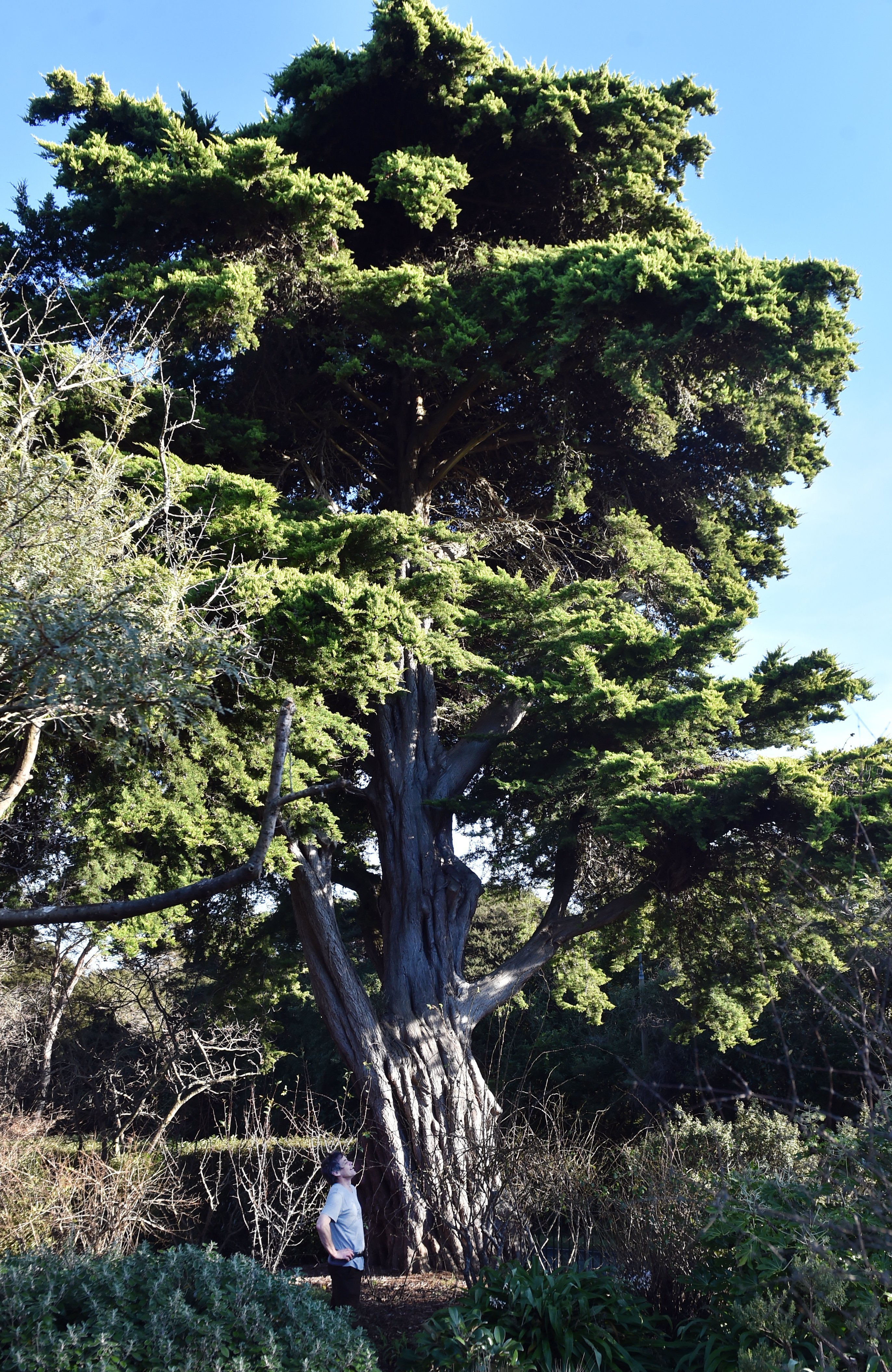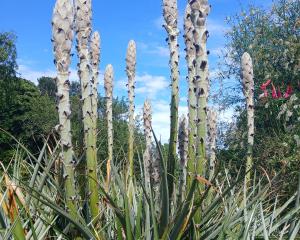
The garden was moved northwards on to the grounds of the Otago Acclimatisation Society, which had been used to trial the introduction of new species.

Although some plants could be moved it was felt that more roses and ornamental plants were needed to shape the garden.
Contact was made with the government of Victoria in Australia and a response was made by government botanist and first director of the Royal Botanic Gardens Victoria, Baron Ferdinand von Mueller.
He sent ‘‘plants of utility’’, including walnuts and cypresses, to Dunedin, and commented that flowering plants were the business of nurseries.
This time coincided with broader changes in Dunedin. The garden’s relocation freed its original Leith-side site to be occupied by the expanding University of Otago, which moved from the Exchange in the 1870s.
The acclimatisation society continued operations from Ōpoho, including a fish hatchery. The end of provincial government soon followed, with the shift to a centralised national government.
These overlapping changes signalled a rapidly developing city - where education, public space and scientific institutions were beginning to take lasting form.
Today, the royal oak is the best-known survivor of this time, but there are walnuts close to the old Great King St main entrance and the unusual yellow-topped Cupressus macrocarpa ‘Coneybearii’ at the Opoho entrance - could these be trees from von Mueller in Victoria?
- Tom Myers is the botanical services officer at the Dunedin Botanic Garden.












